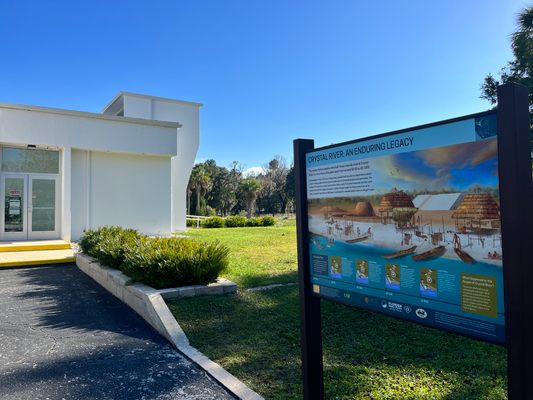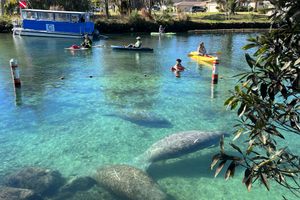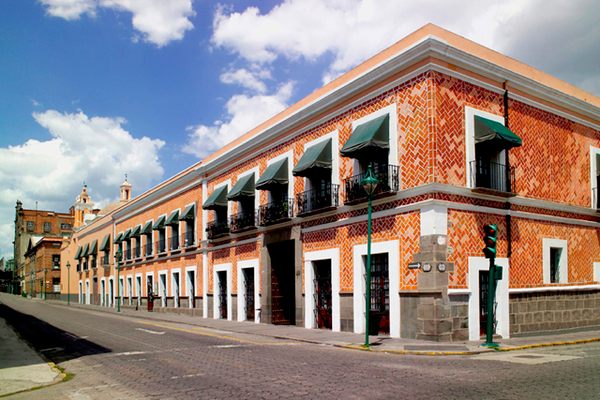About
The land tells stories. Sometimes it's the plants and the animals telling a story of what a place is now—its climate, its ecosystems, its growth. But the land also tells stories of the past. Fossils that reveal ancient life or pictographs depicting a culture before ours. When it comes to the Crystal River Archaeological State Park, the story the land is telling is of the long history of the Indigenous people of what is now Florida’s Citrus County.
These 61 acres along the Crystal River were an important part of the Santa Rosa-Swift Creek culture. Over 1,600 years ago, the land served as a ceremonial site and a vital trading post. Scholars estimate that over 7,500 Indigenous people visited the site each year in the pre-Columbian times. And the land still tells their stories.
The park is home to six mounds, which served as burial mounds or temple/platform mounds, a plaza area, and an ancient midden—essentially an ancient landfill that contains waste from the people who once lived there, including "copper ear spools, plummets’ of shell, coral, soapstone pipes, incised pots, bone awls and fish bone arrowheads." These artifacts offer insights into the people who called the land home so long ago. Some discoveries are on display in the park’s museum, which tells another history with its mid-century modern design.
The park also contains two limestone stelae, carved slabs or pillars that were used for ceremonial or commemorative purposes. The two in the Crystal River Archaeological State Park are estimated to date back to 440 A.D. One contains a carved image of a person, while the other has “a straight western and a concave eastern side.” The odd shape and placement mean that it was likely formed by tools. Artifacts such as tools and food remains were also found at the first rock, indicating that it was likely used as a burial marker and the remnants were offerings.
History isn’t the only thing that brings visitors to the park. Fishing is allowed in designated areas, and you can find geocaches hidden throughout the park. There are also several hiking trails, ranging from a one-mile out-and-back trail to a more intense seven-mile loop. From atop the park’s highest mound (reached via a steep 51-step stairway), visitors can get a view of the coastal marshland.
Related Tags
Know Before You Go
The park is open year-round from 8 a.m. until sundown. There is a $3.00 fee for parking and exact change is required. The museum is open from 9 a.m. to 5 p.m., Thursday through Monday.
Published
June 28, 2024































